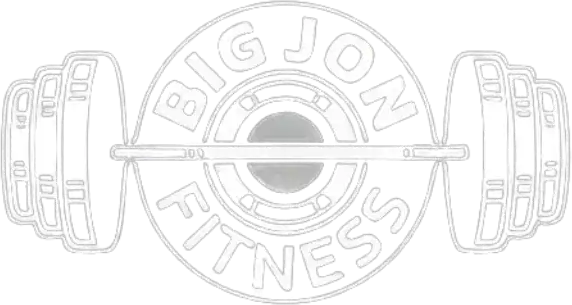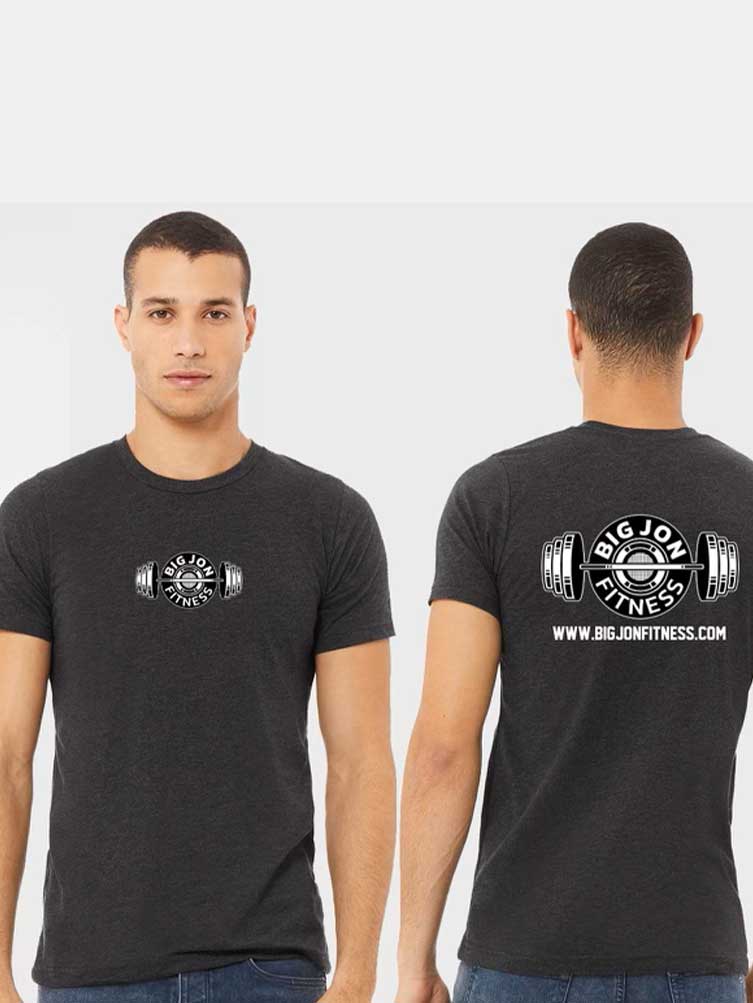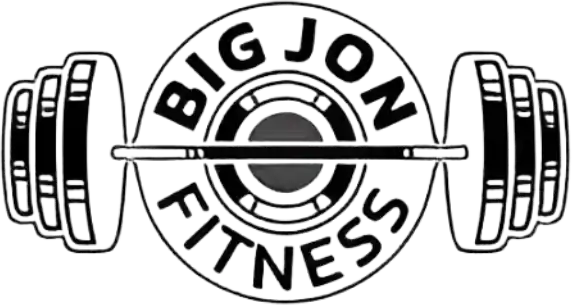How does muscle grow?
There are generally two main reasons a prospective client reaches out for help with their physique related goals: weight loss/fat loss, muscle building, or both. One of the core reasons I work with clients is to build lean body (muscle) mass. How does building muscle mass work? Is it as simple as just lifting weights, picking something heavy up, setting it back down, and repeating? Once an individual progresses past the initial strength and development adaptation phases when starting a weight-lifting program, developing muscle becomes more complicated. Individual differences in genetics play a role in the ability to build muscle. Still, this paper aims to explore how to maximize muscle hypertrophy based on current research related to physiology.
Difference between training for strength vs hypertrophy.
Everyone can easily recognize a bodybuilder by the sheer size of their arms, the width of their lats, the strange way they walk because of the size of their legs, or, for women, the roundness of their delts and impressive fullness in the glutes. Did you know that bodybuilders’ muscle fibers can range up to 2.5 times larger than the muscle fibers of sedentary individuals (Always et al., 1989; as cited in Gardiner, 2025)? It also should be noted that just because an individual lifts heavy weights consistently does not always mean that they will develop a large amount of muscle mass, which is often evident in the differences between strength athletes who generally carry higher levels of overall body mass (combination of muscle and body-fat), versus bodybuilding when the goal is to maximize lean body mass with muscle size. I went through this experience myself during my first bodybuilding contest prep. I was about 27 when I transitioned from being a 300-plus-pound enhanced strength athlete into an enhanced bodybuilder. In reflection, my best 1RM lifts for the traditional bench, squat, and deadlift came from this timeframe. However, when I got on stage for the first time 14 months after deciding to make this transition, I defeatedly realized how little muscle development I had after spending years lifting heavy weights as a high school, collegiate, and strength athlete. It has been shown that training programs that focus on heavier resistances for greater volume or eccentric actions respond best to cell hypertrophy rather than programs involving faster contractions or lighter loads without eccentric activation (Hill et al., 1996; as cited in Gardiner, 2025). A mistake I made throughout my twenties, even after my first contest prep, was that I continued to train with the idea that the stronger I was, the bigger my muscles would be, rather than true muscle hypertrophy. For the strength athlete, much focus is placed on the concentric portions of the movement to generate a greater force. In contrast, in bodybuilding, more emphasis is placed on the full range of motions, focusing on both the concentric and eccentric phases of the lift to maximize hypertrophy and muscle size.
What is going on in the muscle?
In the simplest terms, when lifting weights, muscle fibers are damaged and then repaired to adapt to the stimulus placed upon them, resulting in muscle strength and size (hypertrophy). The type of training stimulus will dictate the type of muscle fiber development that will occur, which leads to the goal of muscle hypertrophy. Generally, type II muscle fibers show a larger hypertrophy potential than type I; within type II muscle fibers, transitioning from type IIx to type IIax/IIa or IIa portions shows greater hypertrophy gains (Gardiner, 2025). This means that we have different types of muscle fibers that are more developed based on the type of stimulus we place on them. Type I muscle fibers are more endurance-based fibers relying primarily on oxygen (aerobic training); these would be more developed in endurance athletes. Type II muscle fibers have a wider range of aerobic to anaerobic properties as there is a transition in oxygen use from type IIa to type IIx muscle fibers. Type IIx muscle fibers would be the opposite of type I muscle fibers in that they are primarily used in high contraction needs situations such as powerlifting, sprinting, jumping, etc. When the goal is to train for muscle hypertrophy, the focus should be to transition muscle fibers to a range of type IIa to type IIax fibers. I generally use the repetition training range of 6-12 repetitions for compound movements and 10-20 repetitions for more isolated movements.
Muscle Damage
Resistance training damages the muscle fiber and then it repairs and adapts. Resistance training causes micro-tears in muscle fibers in response to the overload and mechanical tensions placed upon them, which is critical for muscle hypertrophy (Kumar & Vinayakan, 2024). In response to muscle fiber damage, satellite cells are activated, attach to muscle fibers, and increase myonuclei during hypertrophy (Gardiner, 2025). Essentially, muscle hypertrophy is the result of muscle damage leading to the activation of satellite cells that increase the amount of myonuclei in the muscle cell, allowing the muscle to adapt so that we can achieve the goal of a larger muscle fiber. Greater muscle damage is seen through eccentric training. An acute bout of eccentric-focused training produces a length-dependent deficit in force production that shows its greatest impact at short lengths and lasts for several days (Gardiner, 2025). Eccentric training creates more damage than concentric training through microtears, leading back to greater activation of satellite cells and muscle hypertrophy.
Eccentric vs Concentric Training
Is there a specific way to lift weights to optimize muscle hypertrophy? Yes. When focusing on strength movements from a power standpoint, the focus is often on the concentric portion of the lift, as the lifter focuses more on contractile speed, minimizing the focus on the eccentric portion of the lift. The individual focusing on muscle hypertrophy wants to optimize the eccentric portion of the lift. It is shown that when loads are the same, muscle strength improvements are seen more from eccentric training vs concentric or isometric training (Gardiner, 2025). In a review of eccentric training vs concentric training studies, it was found that muscle thickness measured by ultrasound was greater in eccentric-focused training groups and that upper body muscle responded more favorably to eccentric training (da Silva et al., 2025). However, another review showed that lower body eccentric training was more effective in changing muscle architecture, leading to flexibility and strength improvements (Vetter et al., 2022; as cited in Gardiner, 2025). The takeaway from both reviews is that focusing on muscle hypertrophy requires muscle engagement through a full range of motion, including both the concentric and eccentric phases of the movement, rather than straining to lift a heavy weight to contract the muscle with minimal control back to the starting position.
Muscle Activation Locations
A significant reason to focus on the eccentric portion of training is the difference between muscle location in which eccentric vs concentric training activates. When performing a bicep curl, the lift’s concentric portion targets the bicep muscle’s belly (the bicep peak). In contrast, the eccentric portion targets the distal end of the muscle, in which the bicep would be the portion connecting to the elbow (Gardiner, 2025). Suppose muscle thickness is greater in eccentric training and targets the distal end of the muscle rather than the muscle belly. In that case, it should be very clear how significant eccentric training is to developing muscle hypertrophy. In the case of the bicep, building a thicker and bigger bicep is heavily influenced by the eccentric portion of the movement.
Conclusion
Muscle damage via microtears to activate a greater amount of satellite cells is key to muscle hypertrophy. There is a difference between training for power and strength performance versus training for muscle size. The goal of muscle hypertrophy is not to train to all-out failure. It has been shown that training for muscle hypertrophy does not require training the muscle to failure because greater repetition volume over the course of the workout could be achieved when not going for repetition failure (Gardiner, 2025). In essence, this statement means training for all-out muscle failure is not conducive to muscle hypertrophy but rather focus should be placed on “mechanical failure,” where the individual performs as many reps as possible until the point of breaking form vs. all-out muscle failure which is going to lead to a greater training volume with consistent loads. The main focus for the individual training for muscle size (hypertrophy) in the gym is to focus on a full range of motion to maximize the concentric portion of the movement to target the muscle belly and to give just as much attention to the eccentric portion of the movement to target the distal end of the muscle fiber to create a thicker, bigger muscle which is generally the goal in physique related training.
References
da Silva, L. S. L., da Silva Goncalves, L., Campos, P. H. A., Benjamim, C. J. R., Junior, M. F. T., de Lima, L. C. R., … & de Lucena Alves, C. P. (2025). Comparison between eccentric vs. concentric muscle actions on hypertrophy: A systematic review and meta-analysis. The Journal of Strength & Conditioning Research, 39(1), 115-134. http://doi.org/10.1519/JSC.0000000000004981
Gardiner, P.F. (2025). Advanced neuromuscular exercise physiology. Human Kinetics.
Kumar, M. S., & Vinayakan, K. (2024). The science of strength: Understanding the principles of effective weight training. Indo American Journal of Multidisciplinary Research and Review. 8(2), 149-159.












